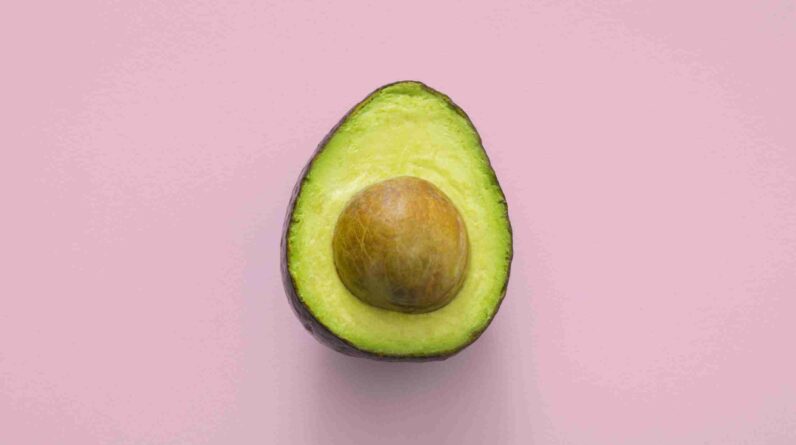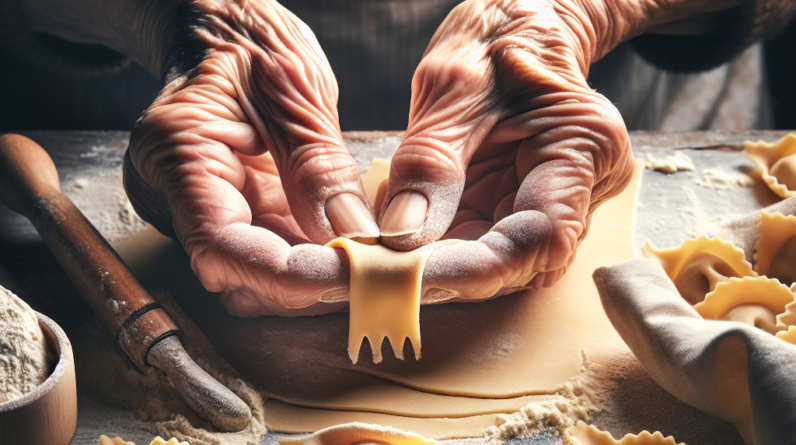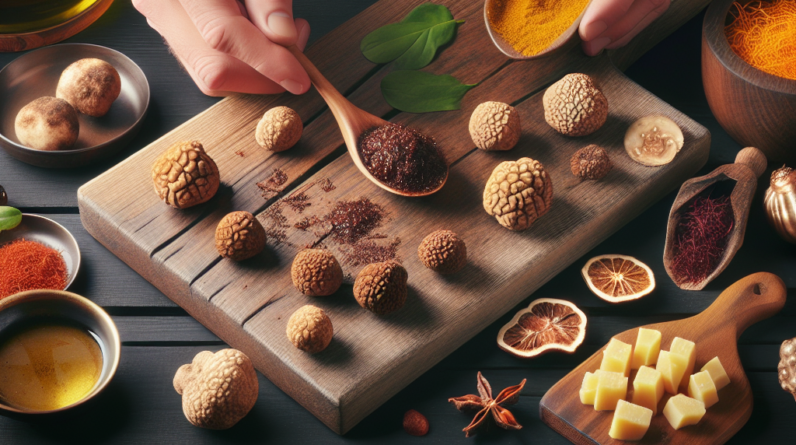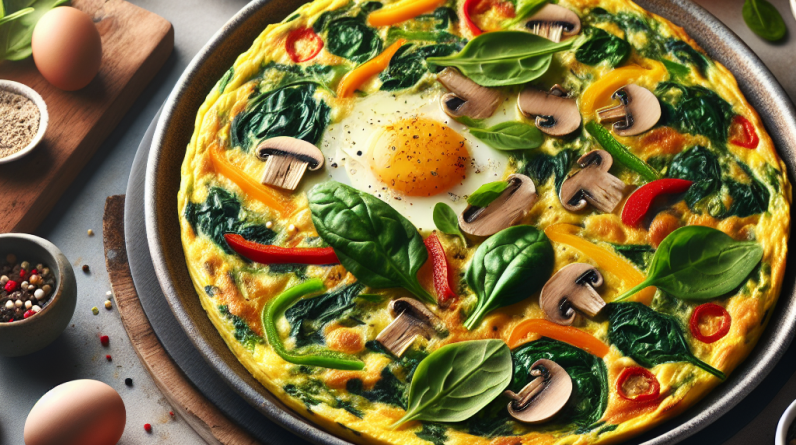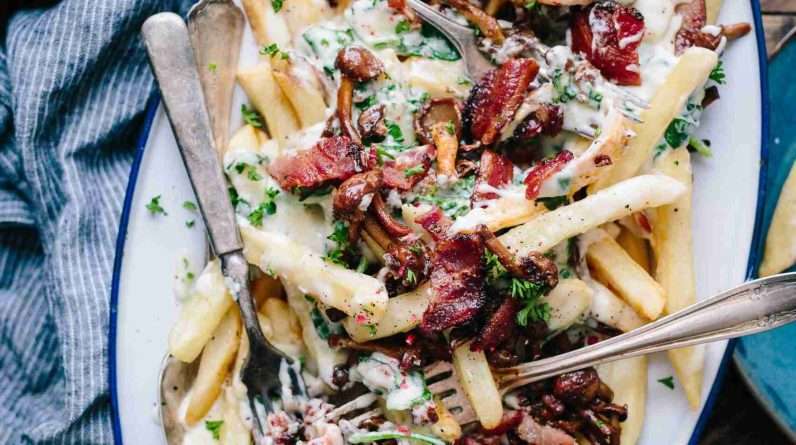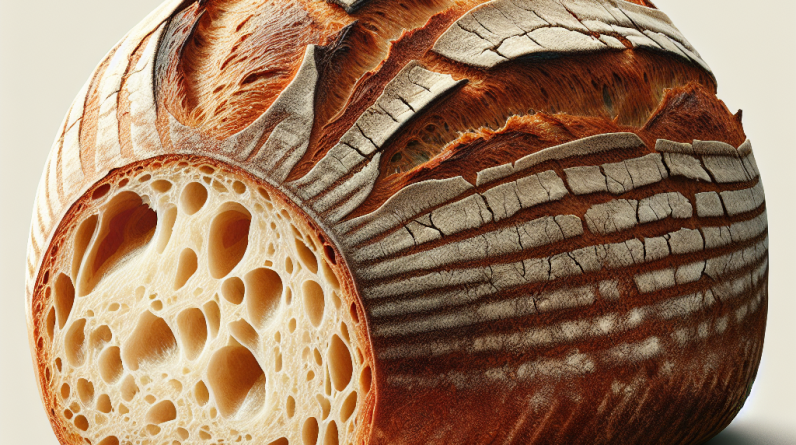Looking to add a touch of Italian flair to your dessert repertoire? Look no further! We’ve got the inside scoop on crafting the perfect classic Italian zabaglione dessert using wine and egg yolks. This luscious, velvety treat is sure to impress your taste buds with its rich flavors and creamy texture. So grab your apron and get ready to whisk up a culinary masterpiece that will transport you straight to the streets of Italy. Let’s get cooking!
Choosing the Ingredients
Selecting the Right Wine
When making a classic Italian zabaglione dessert, one of the most important ingredients is the wine. Since the wine is a key component of the flavor profile, it is essential to choose the right type. Typically, a sweet wine such as Marsala or Moscato is used to create the perfect balance of flavors. These wines offer a subtle sweetness that complements the richness of the egg yolks without overpowering them. It is important to select a high-quality wine that you enjoy drinking, as it will greatly impact the final taste of the dessert.
Choosing Fresh Egg Yolks
Another crucial ingredient in zabaglione is the egg yolks. They form the base of the dessert and contribute to its creamy texture. When choosing egg yolks, it is essential to opt for fresh, preferably organic eggs. Fresh eggs will provide a richer flavor and a smoother consistency to your zabaglione. In addition, make sure the egg yolks are free from any cracks or defects. High-quality, fresh egg yolks will create a zabaglione that is velvety and luscious.
Preparing the Zabaglione Base
Separating the Egg Yolks
To begin preparing the zabaglione base, it is necessary to separate the egg yolks from the whites. This can be done by cracking the eggs and carefully passing the yolk between the two halves of the shell, letting the egg white fall into a separate container. Alternatively, you can use an egg separator to achieve a clean separation. Take your time when separating the yolks to avoid any traces of egg whites, as they can interfere with the texture of the zabaglione.
Whisking the Egg Yolks
Once you have separated the egg yolks, transfer them to a clean, dry bowl. To achieve the desired texture of the zabaglione, it is essential to whisk the egg yolks thoroughly. Using a whisk, vigorously beat the yolks until they become pale and frothy. This process incorporates air into the yolks, which helps to create a light and airy consistency in the finished dessert. The whisking should be done with enthusiasm and dedication to achieve the best results.
Adding Sugar to Egg Yolks
After whisking the egg yolks, it is time to add sugar to the mixture. The sugar not only enhances the sweetness of the zabaglione but also contributes to its overall texture. Start by gradually adding sugar to the egg yolks, whisking continuously to ensure even distribution. The amount of sugar added can be adjusted to personal preference, but it is recommended to start with a small amount and gradually increase it until the desired level of sweetness is achieved.
Incorporating Wine into the Mixture
To complete the zabaglione base, it is time to incorporate the chosen wine into the egg yolk and sugar mixture. Slowly pour the wine into the bowl, while continuously whisking the ingredients together. Make sure to add the wine gradually to prevent the mixture from becoming too thin. The wine not only adds flavor but also helps to create the smooth, velvety texture that is characteristic of zabaglione. Continue whisking until all the ingredients are well combined and the mixture has a homogenous consistency.
Cooking the Zabaglione
Setting Up a Double Boiler
To cook the zabaglione, it is important to set up a double boiler. This involves placing a heatproof bowl over a saucepan of simmering water. The bowl should fit snugly on top of the saucepan, with the bottom of the bowl not touching the water. The double boiler provides gentle, indirect heat that prevents the egg yolks from curdling and ensures a gradual and controlled cooking process.
Heating the Water
Before placing the bowl with the zabaglione mixture over the simmering water, it is crucial to bring the water to a gentle simmer. The water should not be boiling vigorously, as this can cause the zabaglione to overcook or curdle. Maintain a steady simmer throughout the cooking process to achieve the desired consistency and prevent any issues with the texture of the dessert.
Whisking the Zabaglione Mixture
Once the water is simmering, place the bowl with the zabaglione mixture over the heat. Using a whisk, continuously whisk the mixture while it cooks. This ensures that the heat is evenly distributed and prevents any lumps from forming. The constant whisking also helps to incorporate more air into the mixture, resulting in a lighter and fluffier zabaglione. The cooking process requires patience and attention, as the zabaglione needs to reach a specific consistency.
Maintaining the Right Temperature
Throughout the cooking process, it is crucial to maintain the right temperature to achieve the desired consistency of the zabaglione. The water in the saucepan should only be at a gentle simmer, as excessive heat can cause the zabaglione to curdle or become grainy. It is important to monitor the heat and adjust it accordingly to prevent any temperature fluctuations. The zabaglione is ready when it reaches a thick and creamy consistency, with a light and airy texture.
Achieving the Desired Consistency
Whisking Until Thick and Foamy
To achieve the desired consistency of the zabaglione, it is necessary to whisk the mixture until it becomes thick and foamy. The constant whisking helps to incorporate air into the zabaglione, creating a light and fluffy texture. The mixture should gradually increase in volume and develop a silky smooth appearance. The whisking process should be continued until the zabaglione reaches its peak and has a velvety consistency.
Checking the Ribbon Stage
Another way to determine if the zabaglione has reached the desired consistency is by checking for the ribbon stage. To do this, lift the whisk out of the zabaglione and allow the mixture to drizzle back into the bowl. If the mixture falls in ribbons that hold their shape for a few seconds before merging into the rest of the zabaglione, it has reached the ribbon stage. This indicates that the zabaglione is properly cooked and has a smooth and luxurious texture.
Removing from Heat
Once the zabaglione has achieved the desired consistency, it is important to remove it from the heat to prevent overcooking. Carefully lift the bowl from the double boiler and place it on a heatproof surface. The residual heat will continue to cook the zabaglione, so it is better to take it off the heat slightly earlier rather than risk overcooking. Allow the zabaglione to cool slightly before serving to ensure the best texture and flavor.
Serving Suggestions
Choosing the Serving Dish
When it comes to serving zabaglione, the choice of the right dish is essential. Opt for a glass or a shallow bowl that showcases the beautiful texture and color of the dessert. The transparency of a glass dish allows you to appreciate the layers and the silky smoothness of the zabaglione. Alternatively, a shallow bowl can create an elegant and sophisticated presentation. Whichever option you choose, make sure it is large enough to hold a generous portion of zabaglione and leave room for any desired garnishes.
Garnishing Options
To elevate the presentation and add a touch of extra flavor to your zabaglione, consider various garnishing options. Fresh berries, such as raspberries or strawberries, provide a vibrant and refreshing contrast to the creamy zabaglione. You can also sprinkle some grated chocolate or cocoa powder on top to add a hint of bitterness and give your dessert a more decadent flavor profile. Another delightful option is to sprinkle some crushed nuts, such as almonds or hazelnuts, for a delightful crunch. Let your creativity and personal taste guide your choice of garnishes.
Variations on Classic Zabaglione
Adding Flavors like Vanilla or Chocolate
While the classic zabaglione recipe is delicious on its own, you can also experiment with adding different flavors to enhance the taste. For a subtle twist, consider incorporating a splash of vanilla extract into the zabaglione mixture. This will add a delicate aroma and smoothness to the dessert. For chocolate lovers, you can melt some high-quality dark chocolate and drizzle it into the zabaglione, creating a delightful chocolatey version of this classic Italian dessert.
Incorporating Fruits or Nuts
To take your zabaglione to the next level, consider incorporating fruits or nuts into the dessert. You can fold in diced fresh fruits, such as mangoes or peaches, to add a burst of sweetness and tanginess to the zabaglione. Alternatively, you can mix in crushed nuts, such as pistachios or walnuts, for added texture and a nutty flavor. These variations will not only create exciting flavor combinations but also add a touch of freshness to your zabaglione.
Experimenting with Different Wines
Although traditional zabaglione recipes call for sweet wines like Marsala or Moscato, you can also experiment with different wines to create unique flavor profiles. For a more robust and earthy taste, try using a red wine like Chianti or Barolo. Alternatively, a fruity white wine like Riesling or Gewürztraminer can impart a refreshing and aromatic note to your zabaglione. Have fun exploring different wine options and let your taste buds guide your choices.
Pairing Zabaglione with Other Desserts
Serving Over Fresh Berries
One of the most classic and popular ways to enjoy zabaglione is by serving it over fresh berries. The creamy and slightly warm zabaglione pairs perfectly with the tartness of berries like strawberries, raspberries, or blueberries. The combination creates a harmonious balance of flavors and textures, with the sweetness of the zabaglione complementing the natural acidity of the fruits. This pairing is not only visually appealing but also a delight to the taste buds.
Layering with Cake or Cookies
For a more indulgent dessert experience, consider layering the zabaglione with cake or cookies. The velvety zabaglione can be alternated with layers of moist sponge cake or crispy ladyfingers, creating a decadent trifle-like dessert. The zabaglione permeates the layers, infusing them with its rich flavor and luscious texture. This dessert variation adds complexity and depth to the zabaglione, making it a truly show-stopping treat.
Accompanying with Gelato or Sorbet
For a refreshing twist on serving zabaglione, consider pairing it with gelato or sorbet. The contrast between the creamy zabaglione and the icy-cold gelato or sorbet creates a delightful play of temperatures and textures. The combination adds a refreshing element to the dessert while enhancing the overall flavor experience. Opt for flavors that complement the zabaglione, such as vanilla or fruit-based gelato, to create a harmonious balance.
Tips for Success
Using a Clean Whisk and Bowl
To ensure the best results when making zabaglione, it is important to use clean and dry utensils. Before whisking the egg yolks, make sure the whisk and bowl are thoroughly washed and dried. Any residual moisture or grease can affect the texture and stability of the zabaglione. Starting with clean and dry equipment ensures that the egg yolks will whisk properly and create the desired consistency.
Avoiding Overcooking of Egg Yolks
To prevent the egg yolks from overcooking during the preparation of zabaglione, it is crucial to maintain the right temperature. By using a double boiler and controlling the simmering water, you can ensure a gentle and even cooking process. Be attentive and remove the zabaglione from the heat as soon as it reaches the desired consistency. Overcooking can result in a curdled or lumpy texture, which is not what you want for a smooth and velvety zabaglione.
Allowing Time for Proper Chilling
After cooking the zabaglione, it is important to allow it sufficient time to cool and chill before serving. This step is critical for achieving the desired texture and flavor of the dessert. Place the zabaglione in the refrigerator for at least a couple of hours to allow it to set and become firm. This cooling process enhances the creaminess of the zabaglione and allows it to reach the perfect consistency for serving.
Storing Zabaglione for Later
Refrigerating in an Airtight Container
If you have leftover zabaglione or want to prepare it in advance, it is possible to store it in the refrigerator for a short period. Transfer the zabaglione to an airtight container, ensuring that it is well sealed. The airtight container will prevent any unwanted flavors or odors from being absorbed by the zabaglione. When stored in the refrigerator, zabaglione can typically be kept for up to two days, but it is always best to consume it as soon as possible for the freshest flavor.
Freezing for Longer Preservation
For longer preservation, you can freeze zabaglione. However, it is important to note that freezing can slightly alter the texture of the dessert. To freeze zabaglione, transfer it to a freezer-safe container, making sure to leave some room for expansion. Cover the container tightly and place it in the freezer. Frozen zabaglione can be stored for up to a month. When ready to enjoy, thaw it in the refrigerator overnight and whisk it gently to restore its smooth consistency before serving.
Common Troubleshooting
Curdling or Separation Issues
If your zabaglione ends up curdling or separating during the cooking process, there are a few possible causes. One common reason is excessive heat, which can cause the egg yolks to cook too quickly and separate from the wine and sugar mixture. To avoid curdling or separation, make sure to maintain a gentle simmer and whisk continuously. If curdling occurs, you can try whisking vigorously and incorporating cold water, a few drops at a time, to rescue the zabaglione. However, prevention is always better than correction, so be cautious with the heat and whisk consistently to avoid these issues.
Thin or Watery Consistency
If your zabaglione turns out thin or watery, it may be due to either insufficient cooking time or too much liquid in the mixture. To rectify a thin zabaglione, you can return it to the double boiler and continue whisking over low heat until it thickens. Alternatively, you can add a small amount of cornstarch or a lightly beaten egg yolk to the mixture to help it thicken. Remember to whisk continuously and patiently until the desired consistency is achieved.
Grainy Texture
A grainy texture in zabaglione can be a result of overcooking or insufficient whisking. If the egg yolks are cooked for too long or held at a high temperature, they can become grainy. To prevent this, make sure to control the heat and remove the zabaglione from the double boiler as soon as it reaches the desired consistency. Additionally, whisk the egg yolks thoroughly until they are frothy and pale, ensuring that the sugar is fully incorporated. Proper cooking and whisking techniques will help you achieve a smooth and luscious zabaglione.
In conclusion, making a classic Italian zabaglione dessert with wine and egg yolks is a delightful culinary experience. Selecting the right wine, choosing fresh egg yolks, and mastering the preparation and cooking process are key to achieving a velvety and delicious zabaglione. Whether served plain, garnished, or paired with other desserts, zabaglione offers a versatile and decadent treat. By following these instructions and tips, you can confidently create a zabaglione that will impress your guests and leave them craving more. So, get whisking and indulge in the rich flavors of this timeless Italian dessert!


